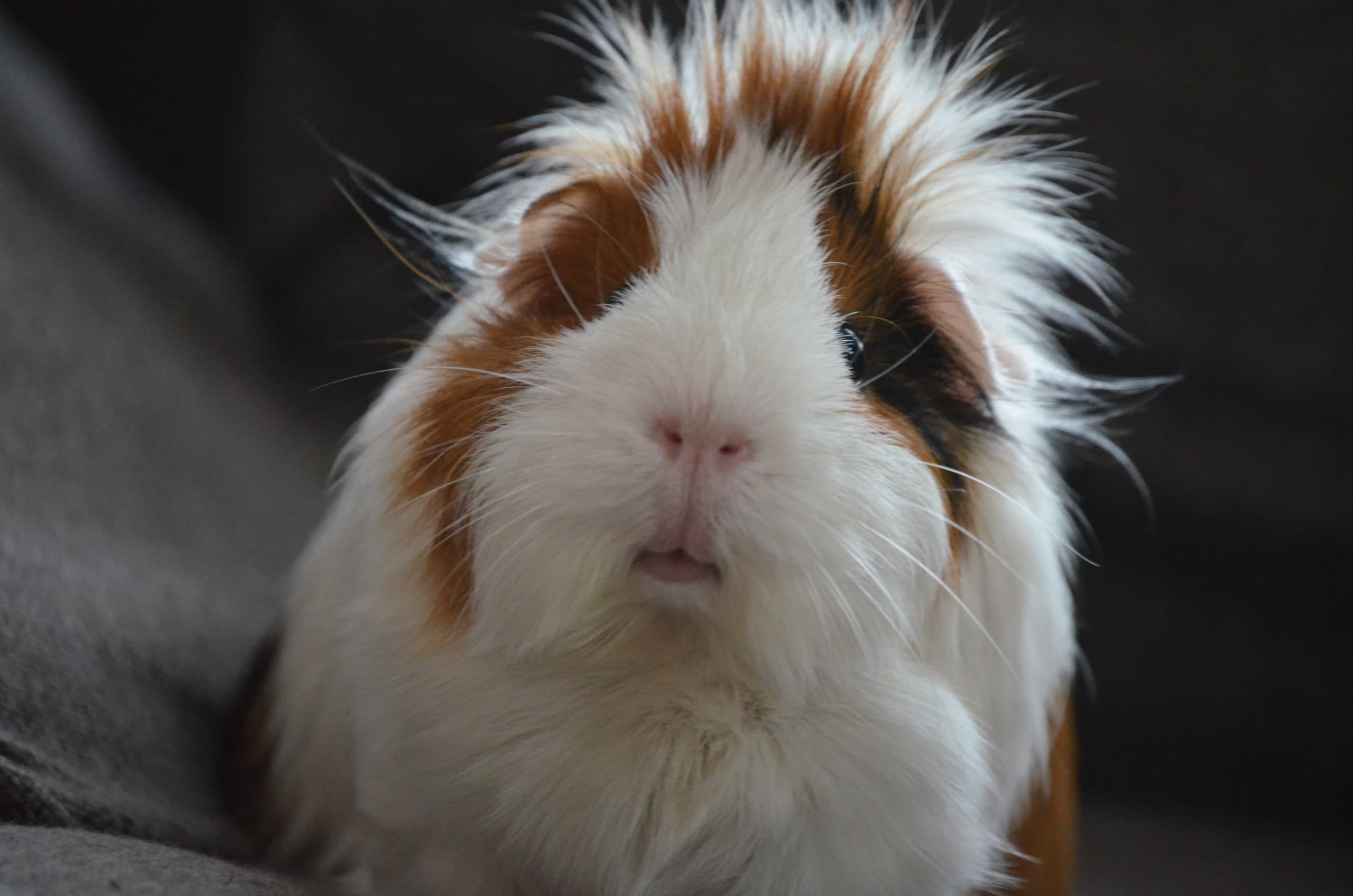If you made it this far, I’m assuming you are mildly sadistic and/or the kind of person who likes doing housework. If you haven’t read Everything You Need to Know About Guinea Pigs in Singapore Part 1/6: The Basics, I recommend you take a gander at https://contributors.pawjourr.com/guineapigbasics/ and decide if you are seriously up to the monumental responsibility of owning guinea pigs.
To recap, this series of articles address the unique challenges of caring for a guinea pig in Singapore. For a more general understanding of guinea pigs, refer to the links in the first article. Today, we will start exploring the second of the topics below:
- The Basics — a quick summary
- Bedding — how popular options perform in Singapore’s humidity
- Environment — keeping guinea pigs healthy & comfortable
- Sourcing Food & Products — buy stuff without breaking the bank
- Vegetables — local produce that guinea pigs love
- Health — common illnesses in Singapore and how to deal with them

Sunny Singapore is super hot and humid in comparison to most places where guinea pigs are popular as pets. So, when reading or watching videos about appropriate bedding, keep in mind that things will not dry as quickly here and will easily turn icky (imagine peed on poop). Also, mold and fungal growth is a huge problem; this is rarely an issue in colder, dryer climates.
The following are the most commonly used types of bedding for guinea pigs around the world: fleece or fleece-lined products, pee pads, bath mats, wood shavings, paper-based cat litter, small animal paper bedding, newspaper, and shredded recycled paper. I’ll be discussing the pros and cons of the above list with regards to Singapore’s weather and the products’ availabilities in our locale.
I do not recommend…
- small animal paper bedding
- newspaper
- shredded recycled paper
Though easy to find in pet shops, small animal paper bedding, most commonly used for hamsters, are chock full of dust and can often lead to fatal upper respiratory illnesses for guinea pigs. It does not dry very quickly, so your guinea pig may end up sleeping on soggy, urine drenched, mush. Plus, it’s super expensive when you consider the quantity needed for a guinea pig enclosure and not at all effective at controlling odour.
Though readily available and virtually free, newspaper and recycled paper, are full of chemicals that you do not want your guinea pig ingesting or inhaling. If you put something in a guinea pig pen, expect it to be chewed on. Lead, a common ingredient found on printed paper is toxic to guinea pigs and will lead to all kinds of nasty complications that can be fatal and will result in expensive veterinary bills. It’s not worth it! Plus, it’s also ineffective in absorbing urine or controlling odour and will give you dirty, stinky guinea pigs who have been sleeping in a cocktail of their own urine and faeces. If you really want the smell of guinea pig poop permeating through your home, there are other ways my strange friend.
I recommend…
- Fleece or fleece lined products
- Pee pads (jump ahead to pee pads here)
- Some types of wood shavings

Fleece has recently become the go-to choice of bedding for guinea pig lovers around the world. Eco-friendly, soft, and wicking, guinea pigs and their owners love fleece. However, in Singapore’s humidity, fabrics dry infinitely slower than in most other climates. Fleece does not perform quite as well here as it is described to by most guinea pig aficionados on the web; expect to change out fleece bedding twice as often as otherwise recommended. Keep in mind that fleece is warm, and Singapore is hot. Our goal is to keep guinea pigs cool, dry, and clean.
Pro tip: Guinea pigs tend to poop under hideys and next to their food so add extra “protection” around those areas for easier spot-cleaning.
That being said, fleece is still a great option to consider. Guineadad liners are the most popular pre-made fleece solution with a wicking top layer, an absorbent middle, and a waterproof bottom layer. Alternatively, similar pre-made fleece liners can be bought on Taobao and Amazon. Local small businesses in Singapore who make adorable fleece hideys and tunnels for guinea pigs can also make customizable full-sized cage liners. Contact them at Snugglebutts and The Maris Crafts.
Pro tip: Fold over Guineadad pockets on the 2×4 liners as they can get quite damp and nasty in Singapore’s humidity!

The second fleece-based bedding option is a D.I.Y. combination of a layer of fleece on pee pads, towels, or on a waterproof liner. The best place to get large swaths in Singapore is Spotlight. I would recommend going down to the store at Plaza Singapura to check out all the adorable designs and select the amount you would like. To make things more complicated, there are several types of fleece. In short, make sure to choose anti-pill fleece. For more information, read this. Alternatively, Snugglebutts and The Maris Crafts make various sizes of fleece mats and pads that you can easily mix, match, and switch out when dirty.
Pro tip: Wash fleece at least 3x before first use to “unlock” its inherent wicking properties. Also, NEVER use dryer sheets or softeners!
There is no secret formula to finding the best bedding type for guinea pigs. Your ideal setup will come down to your personal cleaning habits and preferences, and you will most likely have multiple types of bedding at hand.
Learn more on the next article in the series as we continue to explore types of bedding and how they perform in Singapore! https://contributors.pawjourr.com/guineapigbedding2/
Come say hi on our instagram page: https://www.instagram.com/mapetitemenagerie.com
* This blog is designed to be a community where pet owners can learn and share. The views expressed in each post are the opinion of the author and not necessarily endorsed by Pawjourr. Always consult your veterinarian for professional advice.
